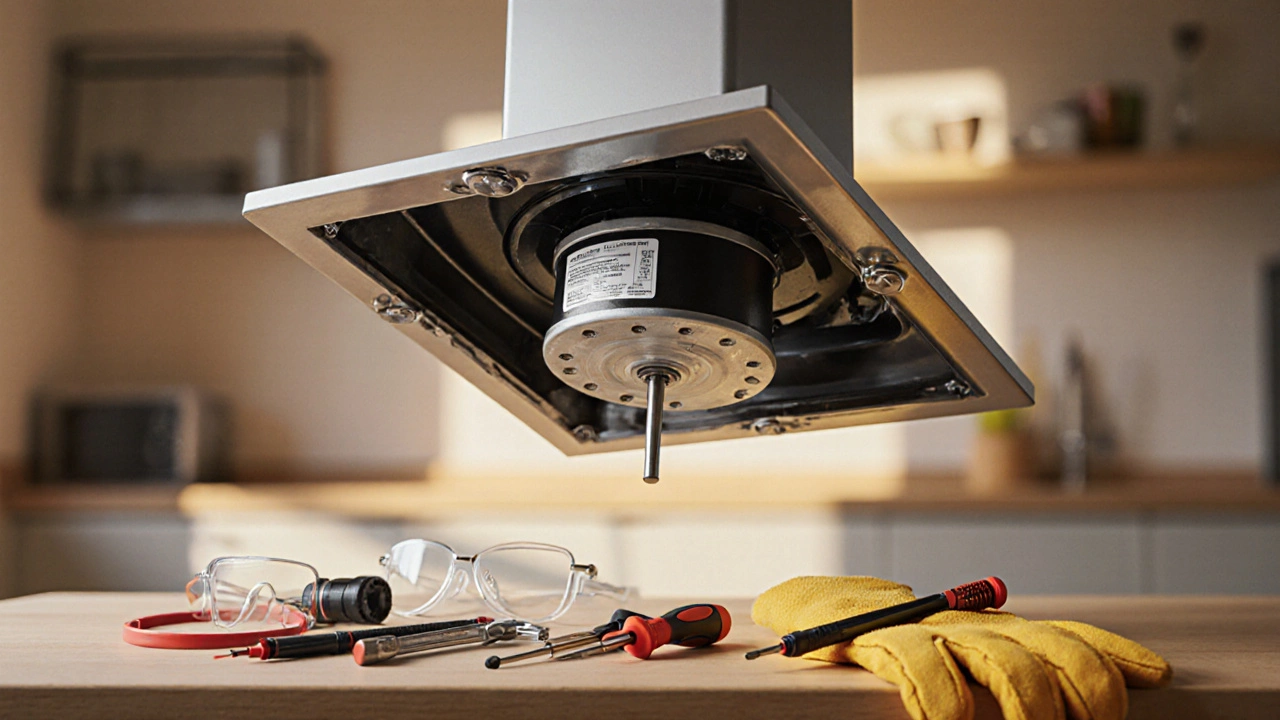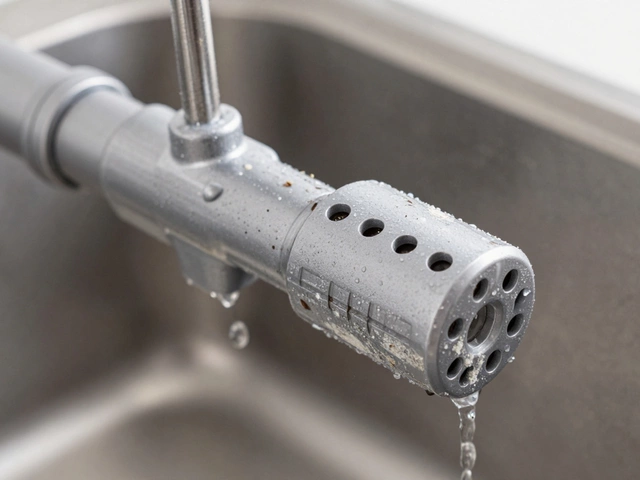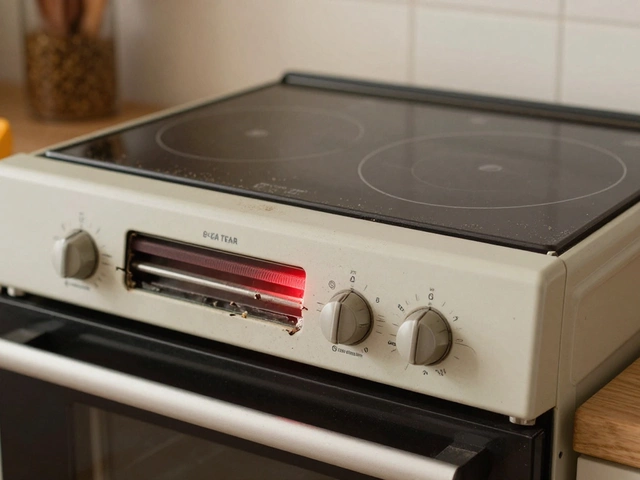Kitchen Ventilation Motor
When dealing with kitchen ventilation motor, the small electric component that drives the fan blades of a range hood to pull smoke, steam and cooking odors out of the kitchen. Also known as a hood motor, it is a core part of any extractor fan, the whole assembly mounted above the stove that moves air through a duct to the outside. The motor’s health directly influences indoor air quality because a failing motor means less airflow and more lingering fumes. In practice, a qualified appliance technician, the specialist who diagnoses and fixes motor and fan issues is often needed to restore proper performance. The relationship is simple: kitchen ventilation motor powers the extractor fan, and the fan’s efficiency determines how well the kitchen stays fresh.
Why Motors Fail and How to Spot the Signs
Most problems show up as strange noises, reduced suction, or a motor that won’t start at all. A humming sound with no airflow usually means the motor’s bearings are worn or the capacitor has gone bad. If the fan runs slower than before, the motor’s winding may be overheating. These issues don’t just annoy you; they also let grease and moisture build up inside the duct, which can lead to mold or fire hazards. Troubleshooting often starts with a quick visual check – make sure the fan blades are free of debris and the wiring connections are tight. A basic multimeter can verify if the motor is receiving the correct voltage. When the simple checks don’t solve the problem, it’s time to bring in that appliance technician, because disassembling the motor without proper knowledge can void warranties or cause electric shock.
Choosing the right replacement motor involves matching a few key attributes: the motor’s CFM rating (how much air it can move), voltage, size, and noise level (measured in sones). A higher CFM motor will clear steam faster but may be louder, so balance performance with comfort. Regular maintenance – wiping the fan blades, cleaning the vent cover, and occasionally lubricating the motor bearings if the design allows – can add years to its lifespan. Proper kitchen ventilation not only keeps odors at bay; it lowers humidity, protects cabinets from water damage, and improves overall health by reducing airborne pollutants. Below you’ll find a curated list of articles that dive deeper into each of these topics, from DIY motor checks to professional repair guides, so you can decide whether to fix, replace, or upgrade your kitchen’s ventilation system.
Learn how to safely replace an extractor fan motor yourself. Step‑by‑step guide, tools list, motor types comparison, safety tips, and troubleshooting advice.


